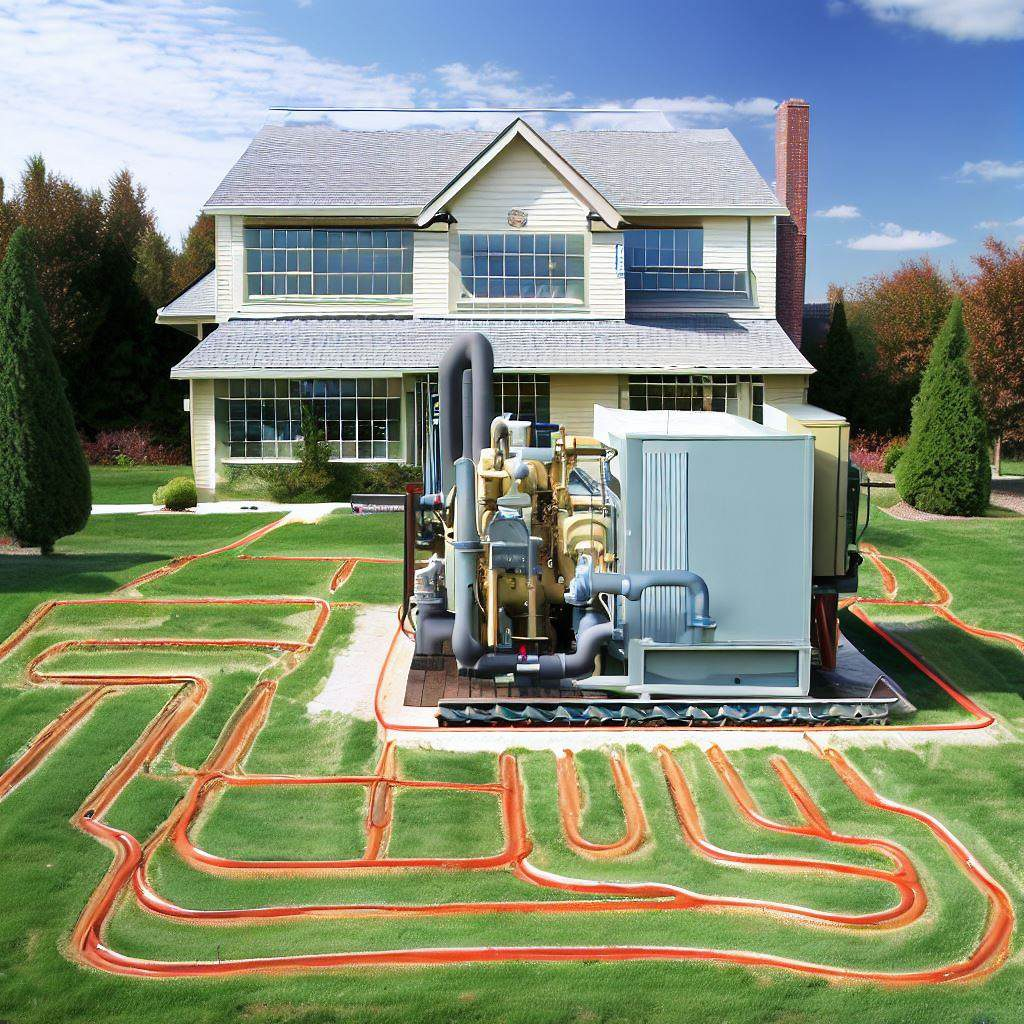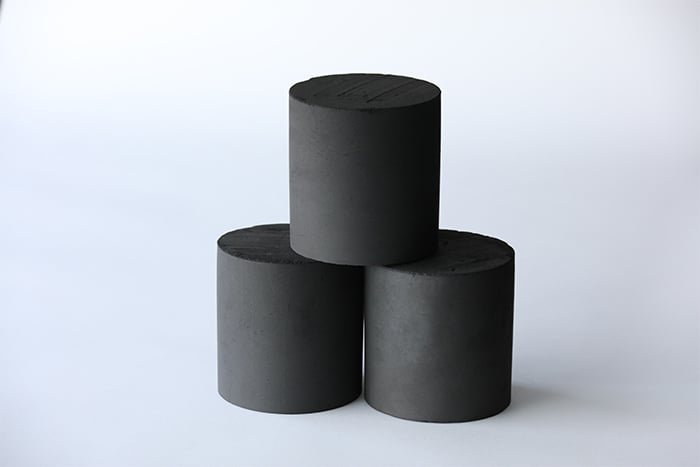The Inflation Reduction Act (IRA) has paved the way for Americans to receive substantial tax credits when upgrading their heating or cooling systems. Geothermal heat pumps, a technology from the 1940s, offer lucrative energy savings and tax benefits. A geothermal heat pump, or ground-source heat pump, harnesses the Earth’s natural heat to regulate building temperatures.
The ground remains at a consistent temperature several feet below our homes, irrespective of the season. During summer, these pumps transfer heat from homes into the ground, and in winter, they do the opposite. Instead of generating heat through dirty energy sources, geothermal systems efficiently move it. According to Rewiring America, geothermal systems are three to five times more efficient than conventional methods. The EPA suggests that using a geothermal heat pump can lead to annual savings of around $1,500.
Air-source heat pumps differ from geothermal ones as they use outside air for heat exchange. Geothermal heat pumps stand out for their superior efficiency and longevity, lasting up to 50 years. While geothermal heat pumps have a higher initial cost, the long-term energy savings and IRA benefits make them a worthy investment. On average, installing a geothermal heat pump costs about $24,000. The IRA offers up to a 30% tax credit for qualifying heat pumps, reducing the average cost to approximately $16,800. With an annual savings of $1,500, homeowners can break even in about 11 years.
The recent heatwaves have seen temperatures soar to record levels, with areas like Dallas/Fort Worth hitting 110 degrees. June and July set new records as the hottest months ever, with July 2023 being the hottest month on record. Due to the extreme heat, ERCOT in Texas has urged its 30 million residents to minimize power usage. Geothermal heating and cooling systems have helped residents in some states save on electricity bills during these scorching summers. Geothermal systems, instead of burning fuel, use electricity to extract heat from the ground. The Department of Energy states that these pumps use up to 50% less electricity than traditional ones.
Similar Posts
Colorado is incentivizing its residents to adopt geothermal heating and cooling systems through the “Heat Beneath Your Feet” initiative. The Federal Government has increased its tax credits from 26% to 30% for homeowners installing geothermal systems. States like New York, Connecticut, and Massachusetts are also offering substantial credits to promote the adoption of these systems. Phil Jensen of Sensible Heating and Cooling in Colorado explains that the ground acts like a “big heat battery,” maintaining a consistent temperature of about 55 degrees.
The global market for geothermal heat pumps is witnessing significant growth due to increasing demand for energy-efficient solutions. Government incentives worldwide are promoting the adoption of renewable energy technologies, including geothermal heat pumps. Technological advancements are making geothermal heat pumps more efficient, accessible, and affordable. The commercial sector’s growing awareness of geothermal heat pumps’ benefits is driving their adoption in commercial buildings.
Emerging markets like China, India, and Brazil present a vast potential for growth in the geothermal heat pump industry. The increasing global population and energy consumption underscore the need for sustainable heating and cooling solutions. Geothermal heat pumps offer an eco-friendly alternative to traditional HVAC systems, attracting more consumers. Tax credits, rebates, and grants are making geothermal heat pump installations more affordable. Innovations in drilling technology are expanding the potential markets for geothermal heat pump installations. The geothermal heat pump industry is poised for success in this rapidly expanding market. As energy consumption rises, the world is turning to sustainable solutions like geothermal heat pumps. With the combination of energy savings, tax credits, and increasing awareness, the future of geothermal heat pumps looks promising.


















